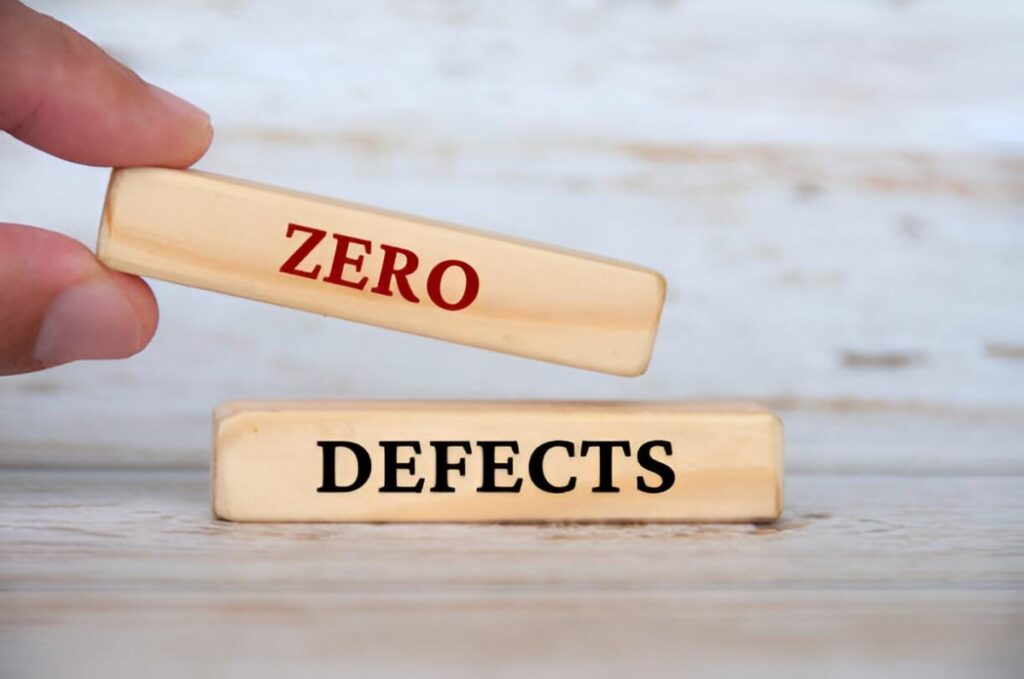In the world of finance and accounting, some terms seem to carry an air of mystery, and “Show Stopper” is one such term. While it might not be a phrase commonly found in everyday discussions, understanding what it means can have significant implications, especially for beginners. Whether you are a newcomer to the financial world or just curious about how specific concepts work, it’s crucial to understand the depth of terms like “Show Stopper.” In this comprehensive guide, I will explore this term, break it down, and provide you with a clear, beginner-friendly explanation. I will also delve into how it applies to the finance and accounting industries and give you the context you need to confidently grasp its significance.
Table of Contents
What is a “Show Stopper” in Finance?
In finance, the term “Show Stopper” typically refers to a major issue, obstacle, or problem that prevents a deal or transaction from proceeding smoothly. It can also be applied to critical situations that disrupt normal operations, either on a financial or operational level. The term itself derives from the world of theater, where a “show stopper” is a performance or moment so impressive that it halts everything else. In the finance world, a Show Stopper is essentially something so significant that it halts a deal, a project, or any financial transaction from moving forward.
The “Show Stopper” could take many forms. For example, it could be an unexpected financial crisis, a sudden change in market conditions, a regulatory roadblock, or even internal mismanagement that prevents the financial system from functioning as expected. Its occurrence can lead to delays, additional costs, or even the cancellation of deals, making it a major concern for anyone involved in finance.
Types of Show Stoppers
- Regulatory Issues Regulatory hurdles are one of the most common show stoppers. For example, a company planning to enter a new market could face regulatory restrictions that prevent it from operating there. These can include licensing requirements, compliance with local tax codes, or issues with international trade laws.
- Financial Instability A sudden downturn in the financial market, such as a stock market crash or the devaluation of a country’s currency, can act as a Show Stopper in ongoing financial deals or investments. These events can disrupt the anticipated cash flow and make it difficult for parties to honor their financial commitments.
- Operational Failures Internal problems like system failures, cybersecurity breaches, or management errors can cause significant disruptions. For instance, if a company cannot fulfill its contractual obligations due to an operational failure, this can halt a deal.
- Supply Chain Disruptions For companies dependent on global supply chains, disruptions such as natural disasters, pandemics, or political instability can severely affect operations, becoming a Show Stopper. This kind of risk is particularly pertinent for businesses involved in manufacturing or global logistics.
- Market Conditions Shifting market conditions, such as sudden changes in interest rates, inflation, or commodity prices, can make a previously viable financial plan untenable, acting as a Show Stopper.
Why Is It Important to Understand Show Stoppers?
Understanding the concept of Show Stoppers is essential for several reasons. Whether you’re an investor, a financial analyst, or someone just starting in the finance industry, Show Stoppers can directly affect your financial decisions. Identifying and addressing these obstacles can help avoid severe losses or unanticipated risks.
Let’s say you’re an investor involved in a merger or acquisition. If a regulatory issue arises that prevents the completion of the deal, you could face significant losses. By being aware of potential Show Stoppers, you can better assess the risks involved and take steps to mitigate them.
Moreover, understanding these factors can help in evaluating the stability of a company or a financial product. If you know what kind of Show Stoppers could potentially affect a company, you can make more informed decisions about whether to invest in its stock or bonds.
Show Stopper in Corporate Finance: An Example
Let me illustrate the concept of a Show Stopper with a real-life example. Suppose a company is trying to secure a loan to finance a new project. The loan is essential for the project to proceed, but there is a major problem: the company has not properly addressed its environmental compliance obligations, which are required by law. The lending institution reviews this issue and considers it a Show Stopper. Because the company cannot proceed without meeting regulatory standards, the loan is denied, and the project is stalled.
Here’s an example of how you might calculate the financial implications of such an issue.
Example Calculation:
Assume that the company was expecting to borrow $5 million at an interest rate of 5% annually for a 3-year term. The total interest payment over the three years would be:
\text{Total Interest} = 5,000,000 \times \left( \frac{5}{100} \right) \times 3 = 750,000 , \text{USD}Now, without the loan, the project cannot proceed, and the company loses the potential revenue from the project, which was estimated to be $7 million over the three years. The opportunity cost of not securing the loan is thus:
\text{Opportunity Cost} = 7,000,000 - 750,000 = 6,250,000 , \text{USD}This shows how a Show Stopper, such as failing to meet environmental compliance, can lead to not only the loss of the project but also a significant opportunity cost.
Preventing Show Stoppers
While some Show Stoppers are unavoidable, there are several strategies businesses and investors can use to reduce the likelihood of encountering them. By recognizing the potential risks early, stakeholders can make informed decisions and take preventive measures. Below are some strategies to avoid Show Stoppers:
1. Comprehensive Risk Management
Having a robust risk management framework is crucial. Companies should regularly evaluate both internal and external risks, including market risks, regulatory changes, and operational vulnerabilities.
2. Due Diligence
Before entering into any financial deal, thorough due diligence is essential. For instance, investors should evaluate the financial health of a company, its compliance with relevant laws, and its exposure to market volatility.
3. Scenario Planning
It’s wise to engage in scenario planning where various “what-if” situations are analyzed. For instance, what would happen if interest rates rise, or if a key supplier goes out of business? Preparing for worst-case scenarios can help reduce the impact of Show Stoppers when they occur.
4. Diversification
Diversifying investments across various sectors or geographical regions helps minimize the risk of Show Stoppers. For example, a diversified portfolio is less likely to suffer from a market crash in one specific industry or country.
Show Stopper in Project Finance
In the realm of project finance, Show Stoppers play a significant role in determining the success or failure of a project. The term refers to any unforeseen issue or risk that might prevent a project from proceeding, thereby halting its development.
For example, in large infrastructure projects, such as the construction of a power plant or a highway, a Show Stopper could be a regulatory delay or an environmental hazard that was not previously identified. In these cases, the project could be delayed for years, significantly increasing costs.
Example:
Let’s consider a case where a company is financing the construction of a highway. During the planning stage, the environmental impact assessment uncovers the presence of endangered species on the proposed site. The project’s ability to proceed is halted until the issue is addressed, and the company incurs significant additional costs related to redesigning the route or obtaining special permits.
The financial impact could be calculated as follows:
Assume the project was initially estimated to cost $10 million, with a return of $12 million over 5 years. However, due to the unexpected environmental hurdle, the project’s cost increases by $2 million, and the expected return is delayed by 2 years. The new return on investment (ROI) would be:
\text{ROI} = \frac{\text{Total Return} - \text{Total Investment}}{\text{Total Investment}} \times 100 = \frac{12,000,000 - (10,000,000 + 2,000,000)}{10,000,000 + 2,000,000} \times 100 = \frac{0}{12,000,000} \times 100 = 0%This example illustrates how a Show Stopper can render a project financially unviable or dramatically affect its profitability.
Conclusion
Understanding Show Stoppers is an essential aspect of navigating the financial world, whether you are an investor, business leader, or financial professional. A Show Stopper can be anything from regulatory issues to market volatility or operational failures, and its impact can range from minor delays to the complete cancellation of deals. By recognizing potential risks, implementing strong risk management practices, and conducting thorough due diligence, businesses and investors can mitigate the chances of encountering a Show Stopper. I hope this guide has provided you with a clear understanding of what Show Stoppers are and how to avoid them in the financial world.





